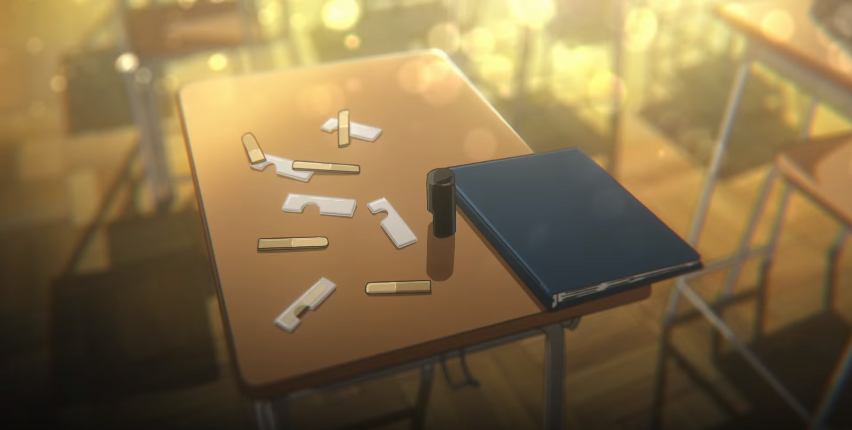Almost hundred years before from now, one of the Asakusa movie theaters in Tokyo released an animation film. Then we will celebrate 100th years anniversary in 2017 .
Actually, historians pointed out that picture scrolls in 12th century in Japan were quite animation-like. Famous Japanese animation director, Mr. Isao Takahata even wrote a book on this issue, the title of which is The Twelfth Century Animation: Picture Scrolls of National Treasure from Movie and Animation Film’s point of View.
Many artists in Japan, fascinated by this technology of creation like other countries, enthusiastically drew and painted to move pictures, accumulating uncountable trials. It was
Emile Cohl’s Les Exploits de Feu Follet alias
Nipparu no henkei which has the earliest proven release date of animation film in Japanese movie theater in 1912. It was five years after, in 1917, Japanese-made first cartoon film was released, produced by three person, Hekoten Shimokawa, Seitarou Kitayama and Junichi Kouuchi.
According to the survey in January 2016 by Encyclopedia of Japanese Animation the total numbers of animation movie amount to 11,546 titles, 156,937 episodes from that time.
Japanese animation film started as a 『漫画映画("cartoon movie")』, which was what they called it in 1920 's. It involved many talents of creation while evolving into what represents now Japan-made creation contents. Method of expression, technology and media have changed dramatically during the course of that evolution. As a result, enthusiasts increased significantly and animation creators were educated in industrial bases. This industry also attracts school attendance, researcher, business and tourist from abroad to our country.
It is our belief that the true importance and attractiveness of Japanese animation film consists of not only the technical innovativeness of pictures and expression but also the scope of influences it wielders now on fashion, food and life-style in general. The influence of animation in Japan even extends to science and technology, industry and urban design, by deciding the mind-set of younger generations, shaping the future.
We are promoting the new project to make the next 100 years of Japanese animation history more fruitful by commemorating the 100th years anniversary in 2017. Our promotion urges Japanese animation industry to cooperate with the government and other sectors of society having longer-term of perspective.
Fortunately, our country is now promoting domestic sectors of culture and art considering the Tokyo Olympic and Paralympic Game in 2020. Japanese Government sponsors four years cultural-program projects starting from 2016. We are cooperating closely with the Cabinet and municipal governments to take this timing, which necessitates the planning and policies to promote the product commercialization and the media-mix strategy of Japanese animation industry, which consists of animation film, comic, game, toy, music and package media.
We promise the dynamic development of the 100th Year Anniversary Project and to propose the Animation Cultural Program which is appropriate as the kick-off start for the future of Japanese animation industry.
We also promote the extension of this result to foreign countries. Those activities should be the social infrastructure for the Japanese animation culture, which produces future creativity of the next generations.
In 2017, we start the following projects from Tokyo to world-wide. We would like to promote the Anniversary Project with everyone who are interested in this endeavor. One of the key projects will be the archive, which becomes the basis of Japanese animation culture;
- Release of the Encyclopedia of Japanese Animation that is the authenticated online database,
- History of Japanese animation, collection of oral history, special programs and publications,
- A Hundred selections of the animation title and screening party for that,
- Exhibitions in domestic and foreign countries,
- Festival, competition and event,
- Local public relations and City Jack.
Animation is basically for children, although we admit whole-heartedly that there are lots of grown-ups who do not forget the naiveness of children, to nurture in their mind “dream and friendship, love and courage, spiritual excitement and power to live.” It is our delight that Japanese animations could contribute in this regards not only for Japanese children but in global, transcending generations, sexualities and borders. It should “animate” the human being and epoch.
It is our hope the everyone who would kindly agree with this Prospectus participates Animation Cultural Program and Japanese Animation Film 100th Anniversary Project to promote the collaboration.
Thank you very much.









